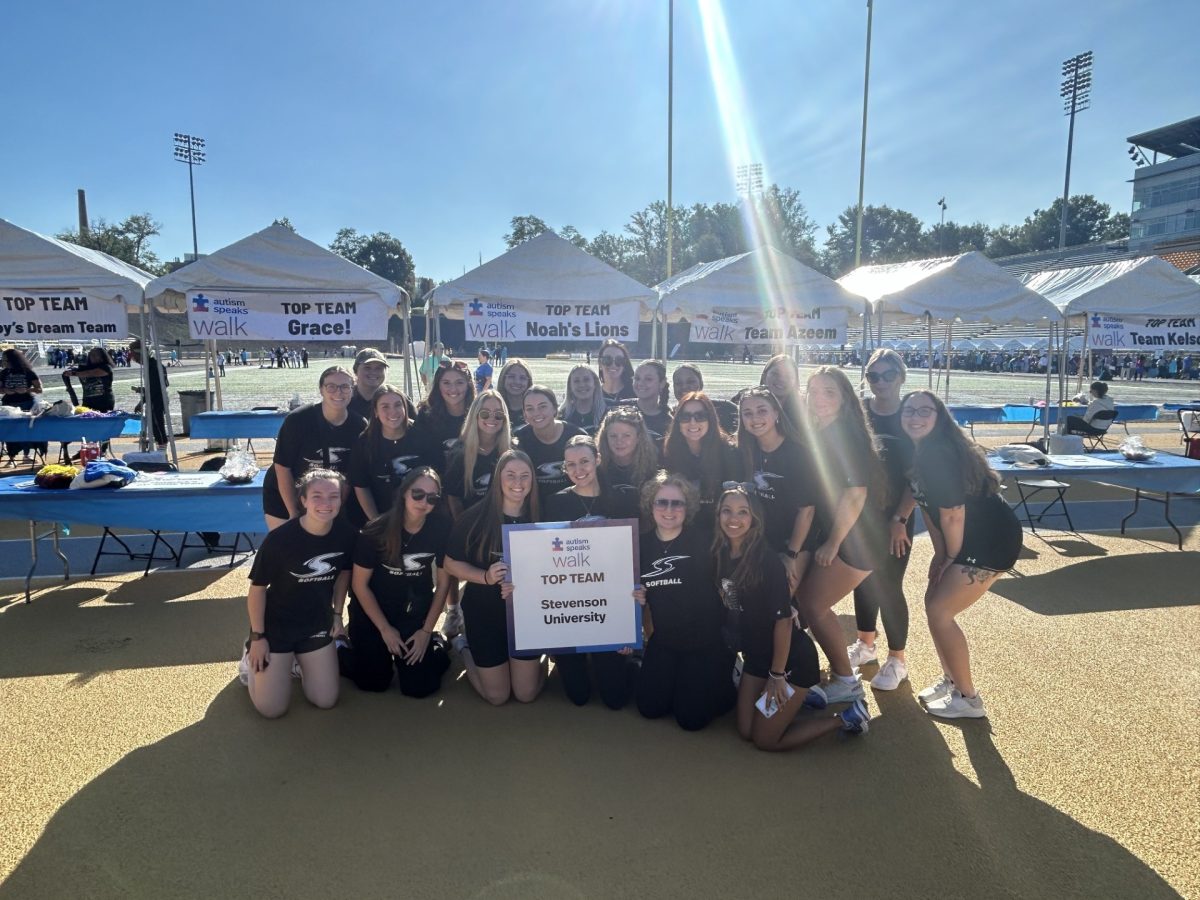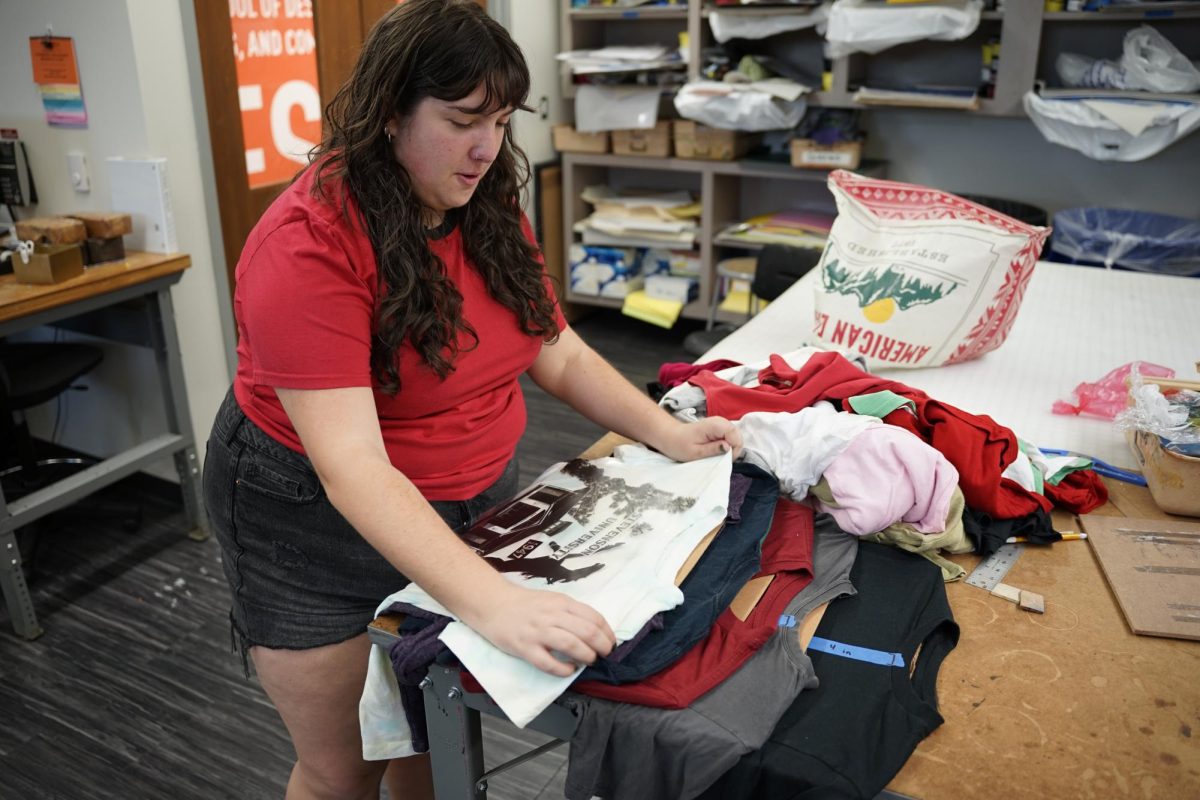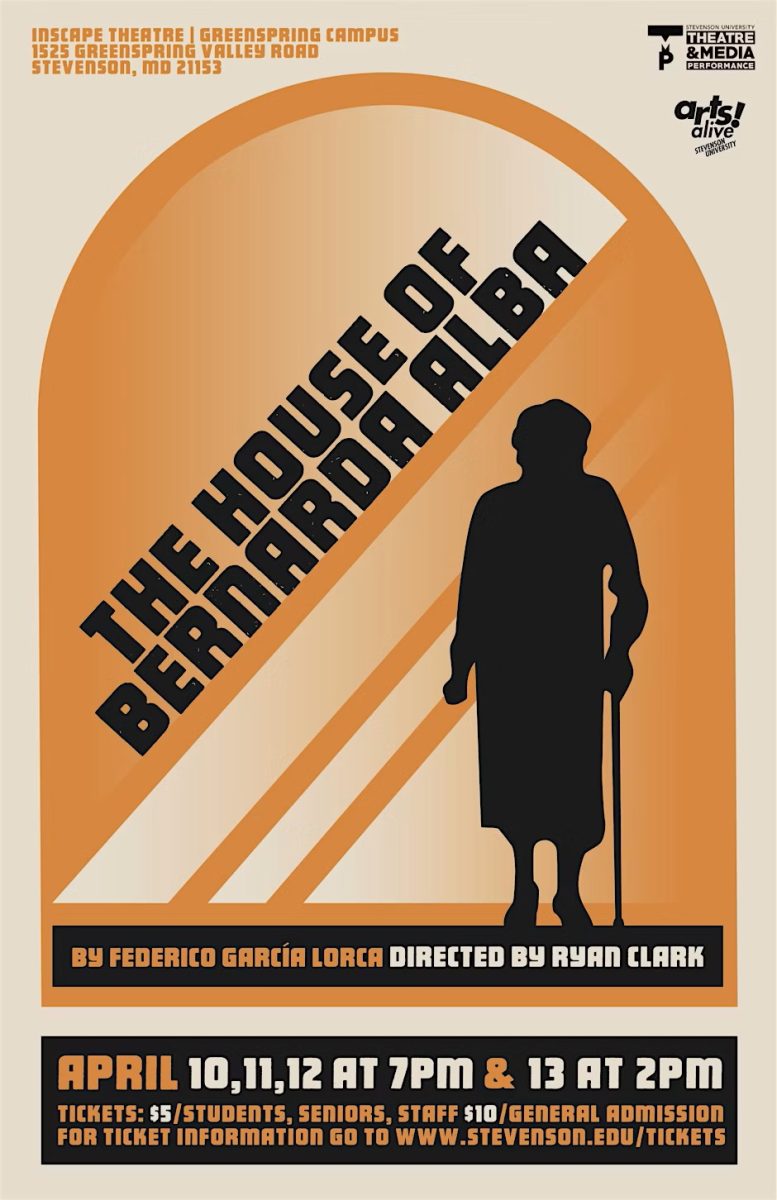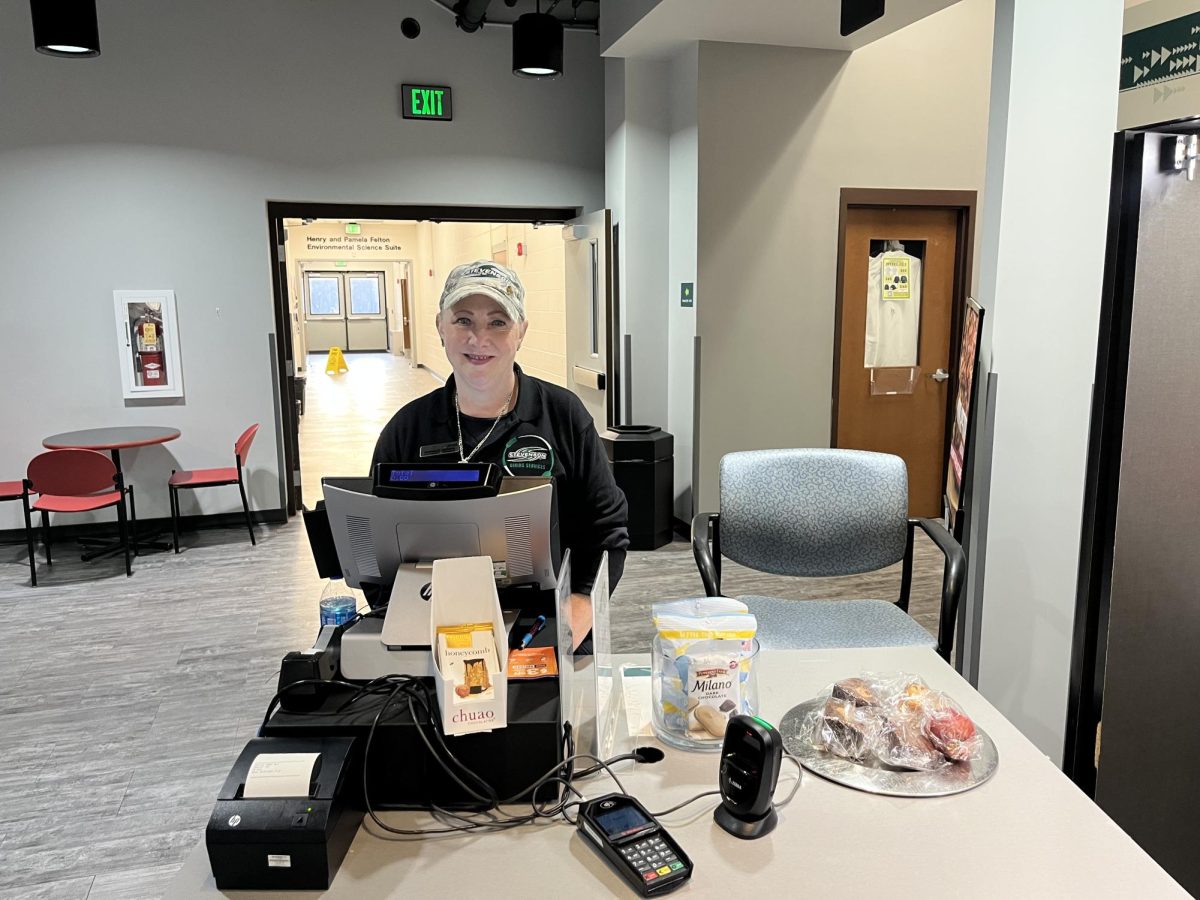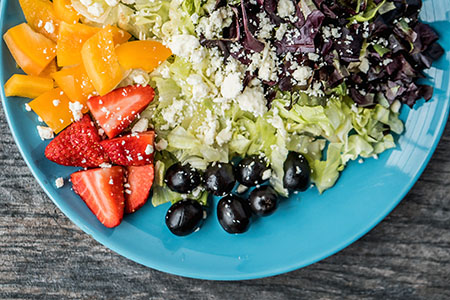Nutrition is essential to a healthy lifestyle, but it is something that college students frequently forget.
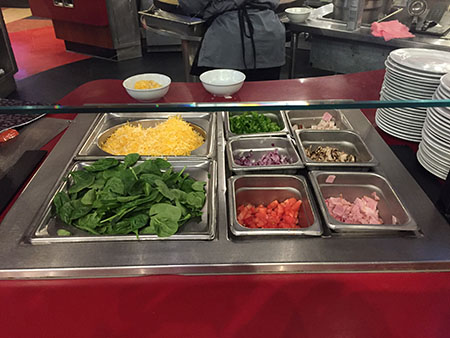
In an article published in the Journal of Nutrition and Human Health, authors Sam Abraham, Brooke R. Noriega, and Ju Young Shin point out that “as individuals transition from home to college life, nutritional knowledge becomes more important because food options change and dietary challenges arise.”
Yet nutrition is often overlooked with the work load and stress that many students face being on their own.
According to Nutritious Life, a few ways to ensure that a healthy lifestyle and good nutrition are maintained are to “eat breakfast, even if you wake up during lunchtime; navigate the dining hall with a healthy finesse; make sure you take exercise 101; keep your caffeine in check, and never leave home without healthy snacks.”
Stevenson students have a variety of healthy eating choices not only in the Rockland Marketplace, but also at Pandini’s. Nutritious options include the following:
- A salad bar station
- A stir-fry station where diners can customize their own dishes from a number of healthy ingredients
- A vegan and vegetarian station
- A fruit and yogurt station
Pandini’s has similar options with its own salad bar, and a substation where diners are offered healthy choices such as sandwiches.
Living a healthy lifestyle isn’t as hard as many people think. When healthy options aren’t obvious, try mixing and matching foods. According to the Center for Young Women’s Health, “Many colleges have multiple dining halls that serve different foods. Try to combine foods from different areas of the dining hall. For example, try taking veggies from a salad bar and add them to a sandwich or wrap.”
Choose from dining entrees that are baked, broiled, steamed, roasted, or grilled, and avoid foods that are fried, sautéed, breaded, crispy, creamed, batter-dipped, or buttered, according to Nutritious Life. Those extra calories may make the food taste better, but saving a possible 200-500 calories a day from this simple choice may be worth it.
In addition, there are inexpensive but nutritious snacks that can be stowed away in a backpack or purse for late-afternoon snacking. Instead of a pack of Doritos, try lowfat string cheese sticks, a piece of fruit, or some raw cashews, almonds and walnuts—these can provide the energy needed to sustain hunger until dinner. Other healthy options include Greek yogurt (check to make sure it’s not filled with sugar), hummus (look for individual containers), or a hard-boiled egg.
There are a number of ways to maintain a healthy diet through nutrition and self-care. For more information on nutrition, visit the Wellness Center in Caves (OM) or contact Julie Sanz, nurse practitioner and assistant director of wellness, through campus email. It’s easy enough to dominate the semester with healthy eating and nutrition.






